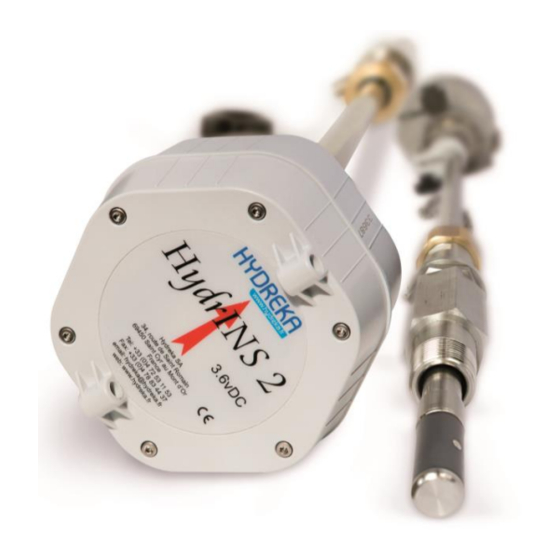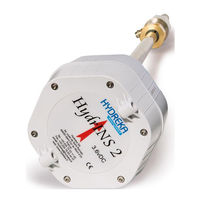
Hydreka HYDRINS 2 Flowmeter Manuals
Manuals and User Guides for Hydreka HYDRINS 2 Flowmeter. We have 4 Hydreka HYDRINS 2 Flowmeter manuals available for free PDF download: Installation Manual, Programming Manual, Manual
Hydreka HYDRINS 2 Programming Manual (77 pages)
electromagnetic insertion flow meters
Brand: Hydreka
|
Category: Measuring Instruments
|
Size: 3 MB
Table of Contents
Advertisement
Hydreka HYDRINS 2 Installation Manual (73 pages)
Electromagnetic Insertion Flow Meters
Brand: Hydreka
|
Category: Measuring Instruments
|
Size: 2 MB
Table of Contents
Hydreka HYDRINS 2 Installation Manual (79 pages)
Electromagnetic Insertion Flow Meters
Brand: Hydreka
|
Category: Measuring Instruments
|
Size: 2 MB
Table of Contents
Advertisement
Hydreka HYDRINS 2 Manual (12 pages)
CHANGES OF MODE AND POWER SUPPLY AND ITS DISPLAY
Brand: Hydreka
|
Category: Power Supply
|
Size: 5 MB
Table of Contents
Advertisement



